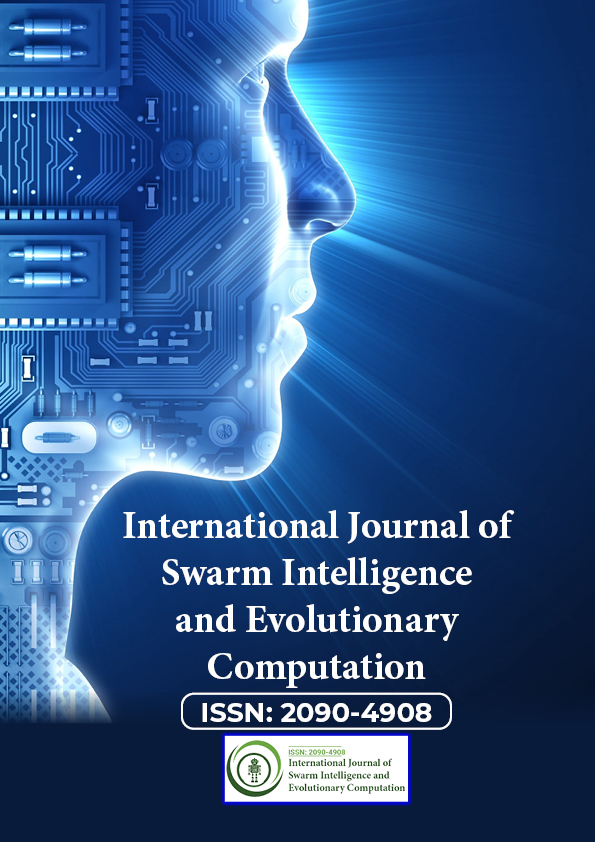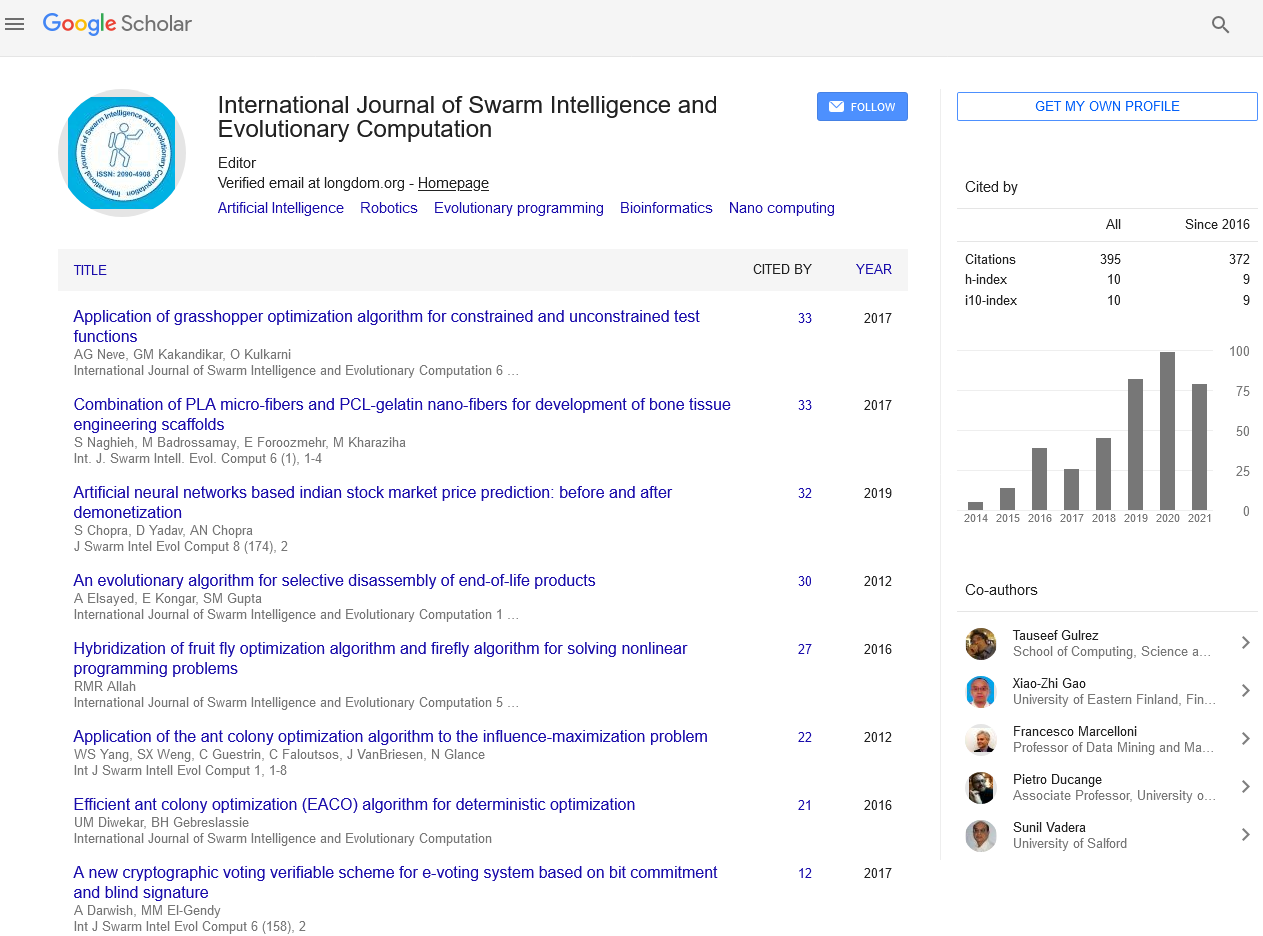Indexed In
- Genamics JournalSeek
- RefSeek
- Hamdard University
- EBSCO A-Z
- OCLC- WorldCat
- Publons
- Euro Pub
- Google Scholar
Useful Links
Share This Page
Journal Flyer

Open Access Journals
- Agri and Aquaculture
- Biochemistry
- Bioinformatics & Systems Biology
- Business & Management
- Chemistry
- Clinical Sciences
- Engineering
- Food & Nutrition
- General Science
- Genetics & Molecular Biology
- Immunology & Microbiology
- Medical Sciences
- Neuroscience & Psychology
- Nursing & Health Care
- Pharmaceutical Sciences
Abstract
Epidemiological Rogue Waves and Chaos-Induced Multifractal Self-Organized Criticality in COVID-19
A rogue wave epidemiological pattern has been identified as a predominant pattern in COVID-19 epidemiological series with emergent chaotic attractors for different world regions. In the present work, we study People Republic of China’s daily new number of confirmed cases of COVID-19 from 2020-01-03 to 2023-10-27, which provides for a long series with a rogue wave pattern, and apply to this series multifractal analysis, smart topological data analysis and chaos theory, finding that the rogue wave pattern is linked to chaos-induced multifractal self-organized criticality, the source of the rogue wave is shown to be associated with an emergent three-dimensional chaotic attractor with a three winged structure, explaining the rogue wave dynamics, the reconstructed attractor is shown to have exploitable topological information that can be used by adaptive A.I. systems to predict the daily number of confirmed cases of COVID-19 with a high level of performance, the predictability is shown to decrease in a several days ahead prediction and to be linked to the attractor’s Lyapunov time, k-nearest neighbors’ graph analysis, persistent homology and ordinal partition graph analyses are also applied and researched in their relation to the predictability of the target series. The implications of the results for epidemiology, risk science, complexity research and healthcare planning are discussed.
Published Date: 2024-05-10; Received Date: 2024-04-06


